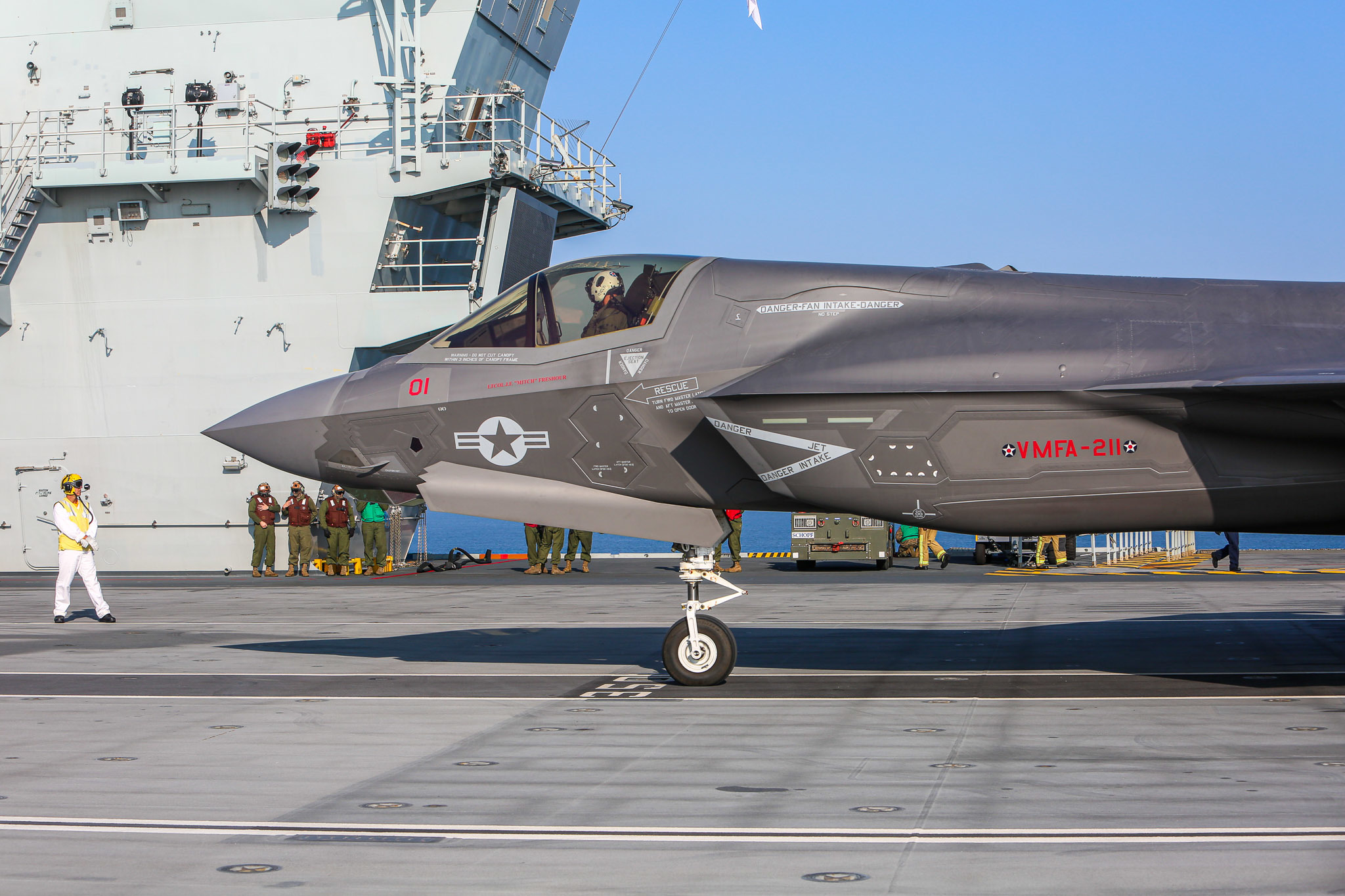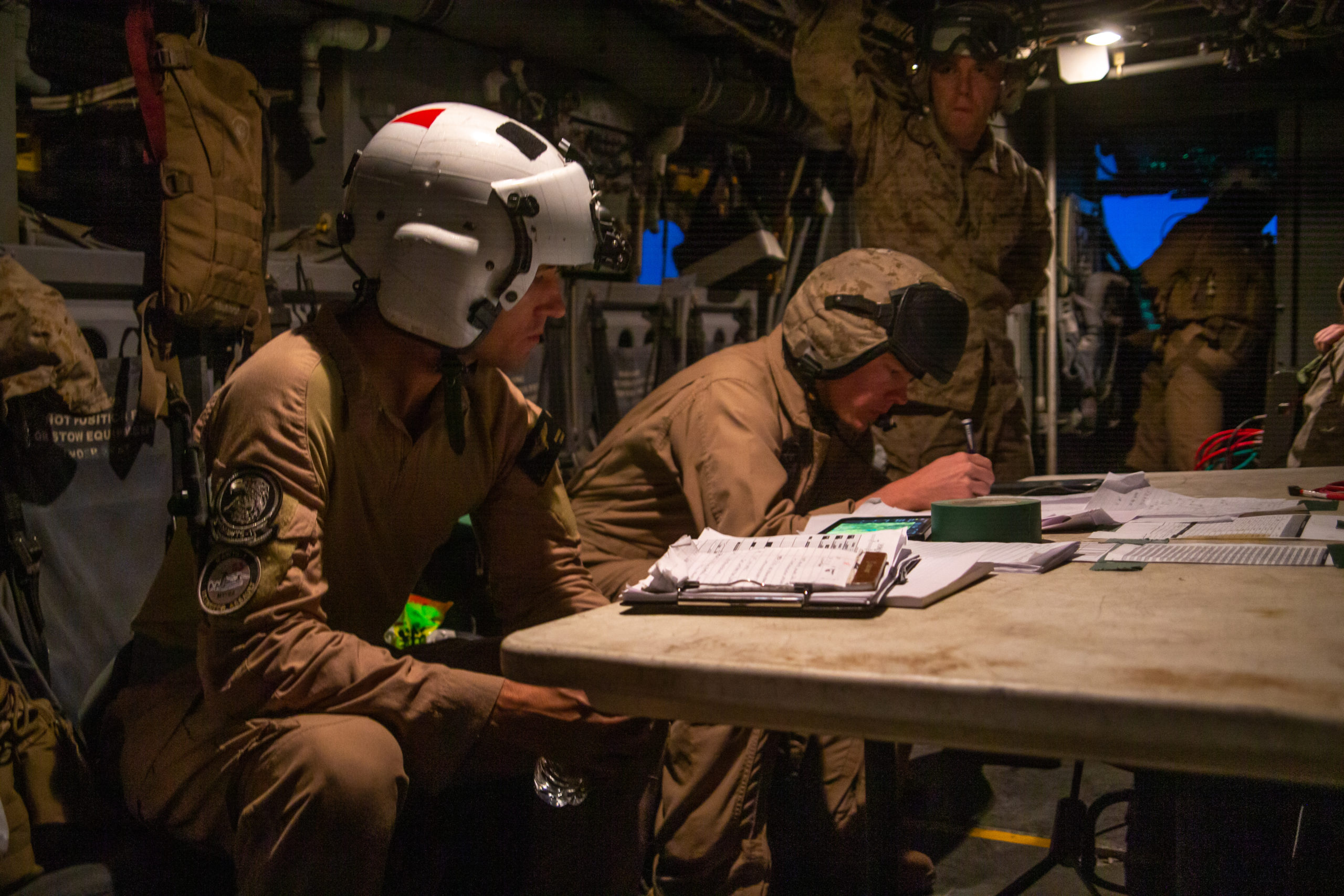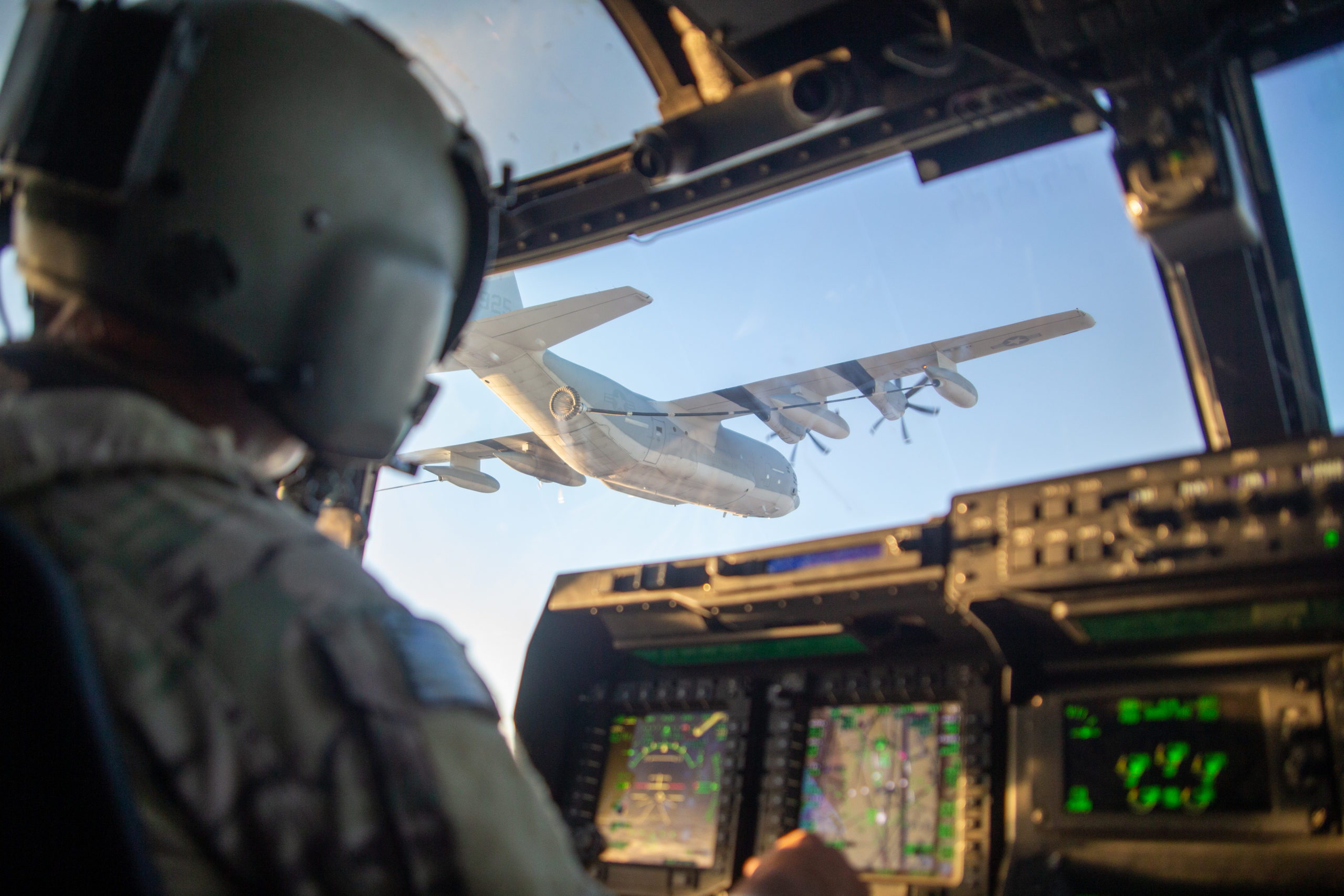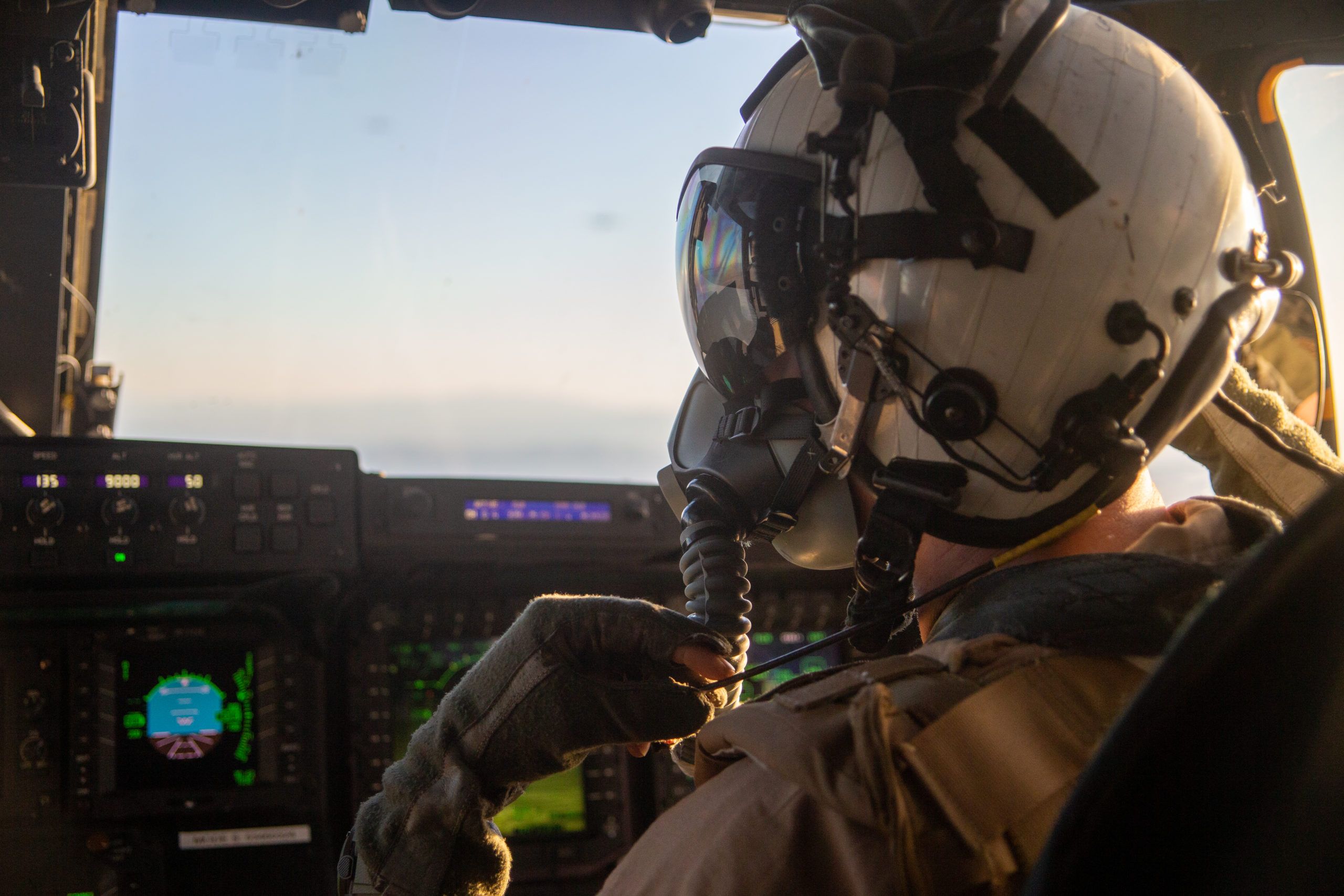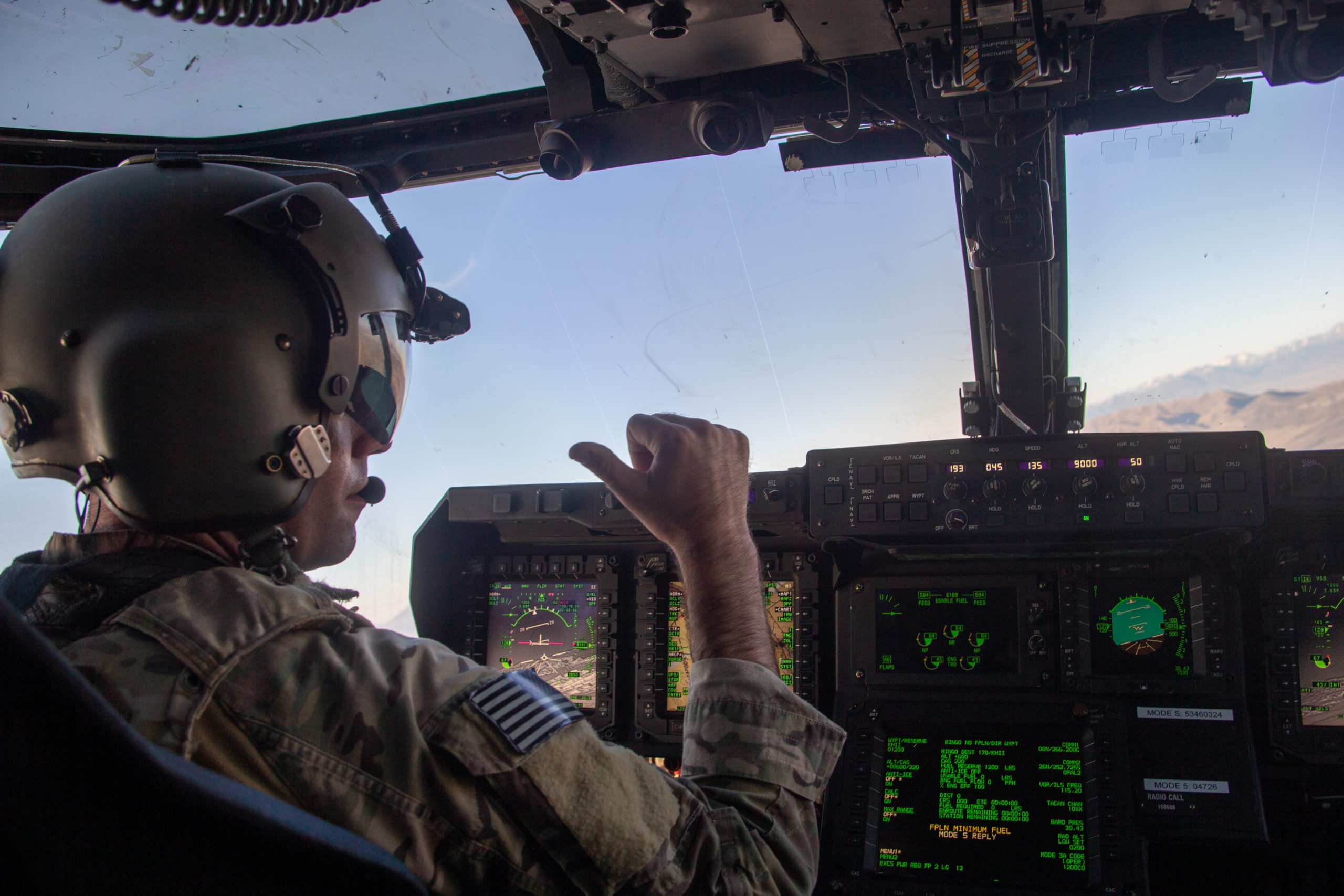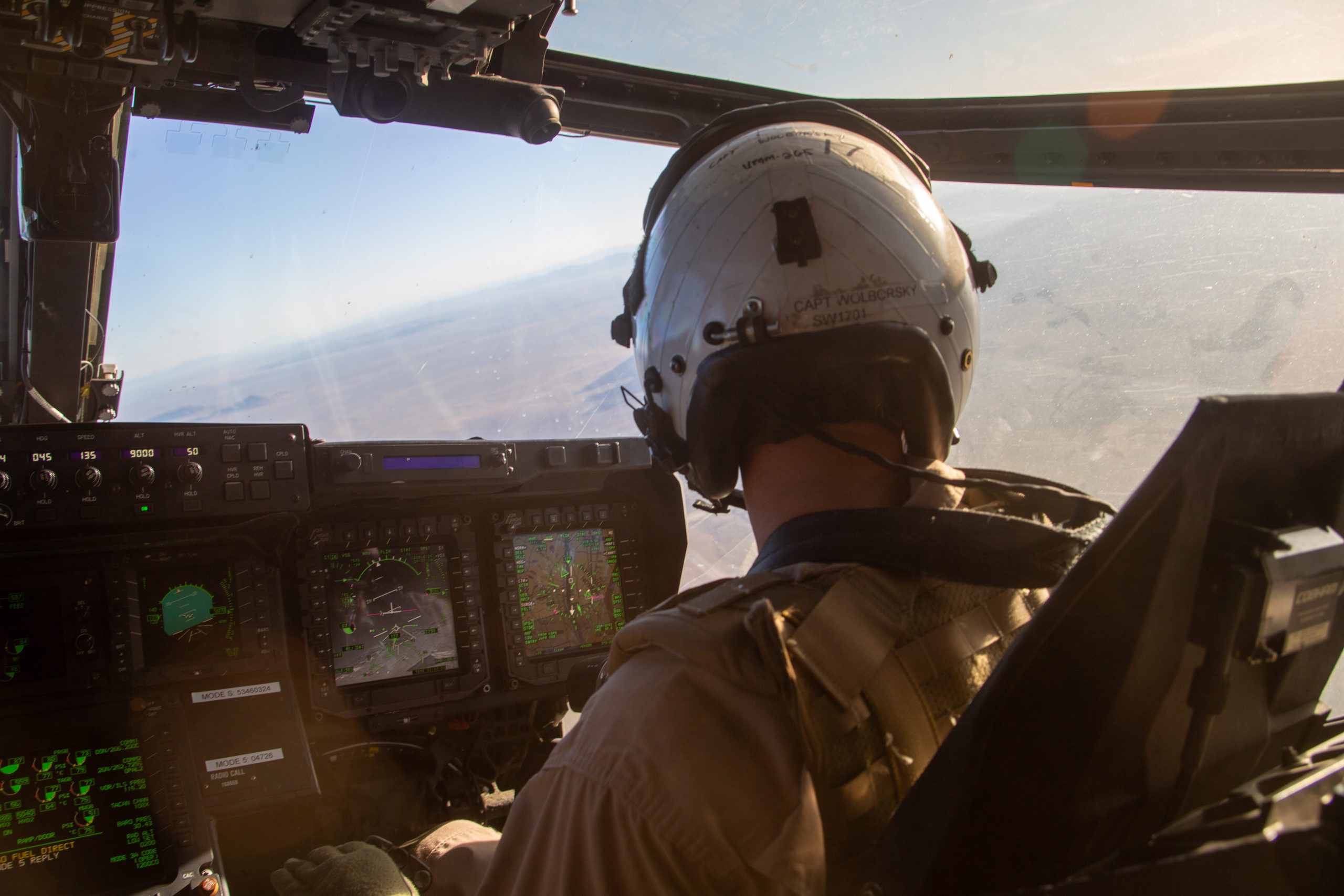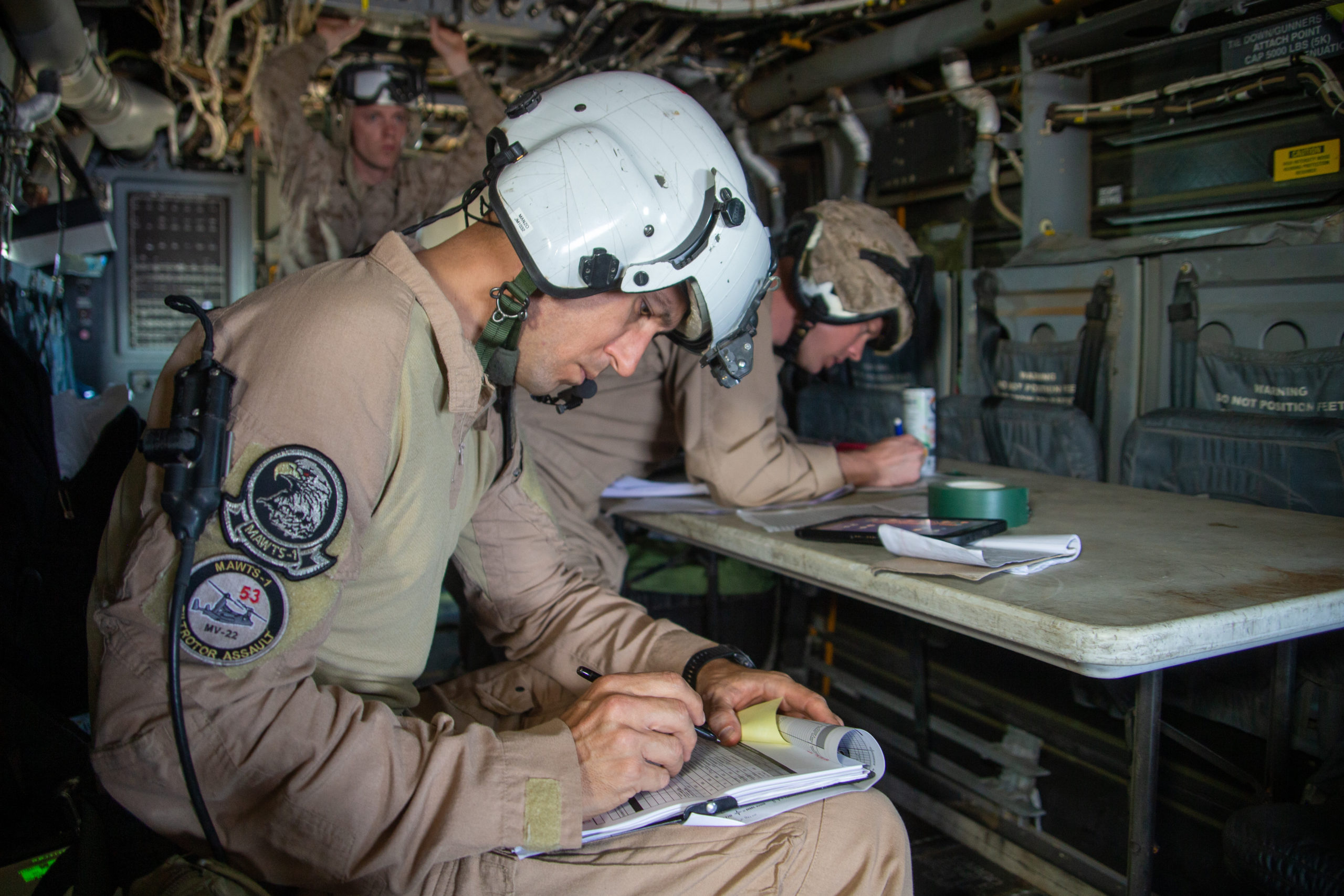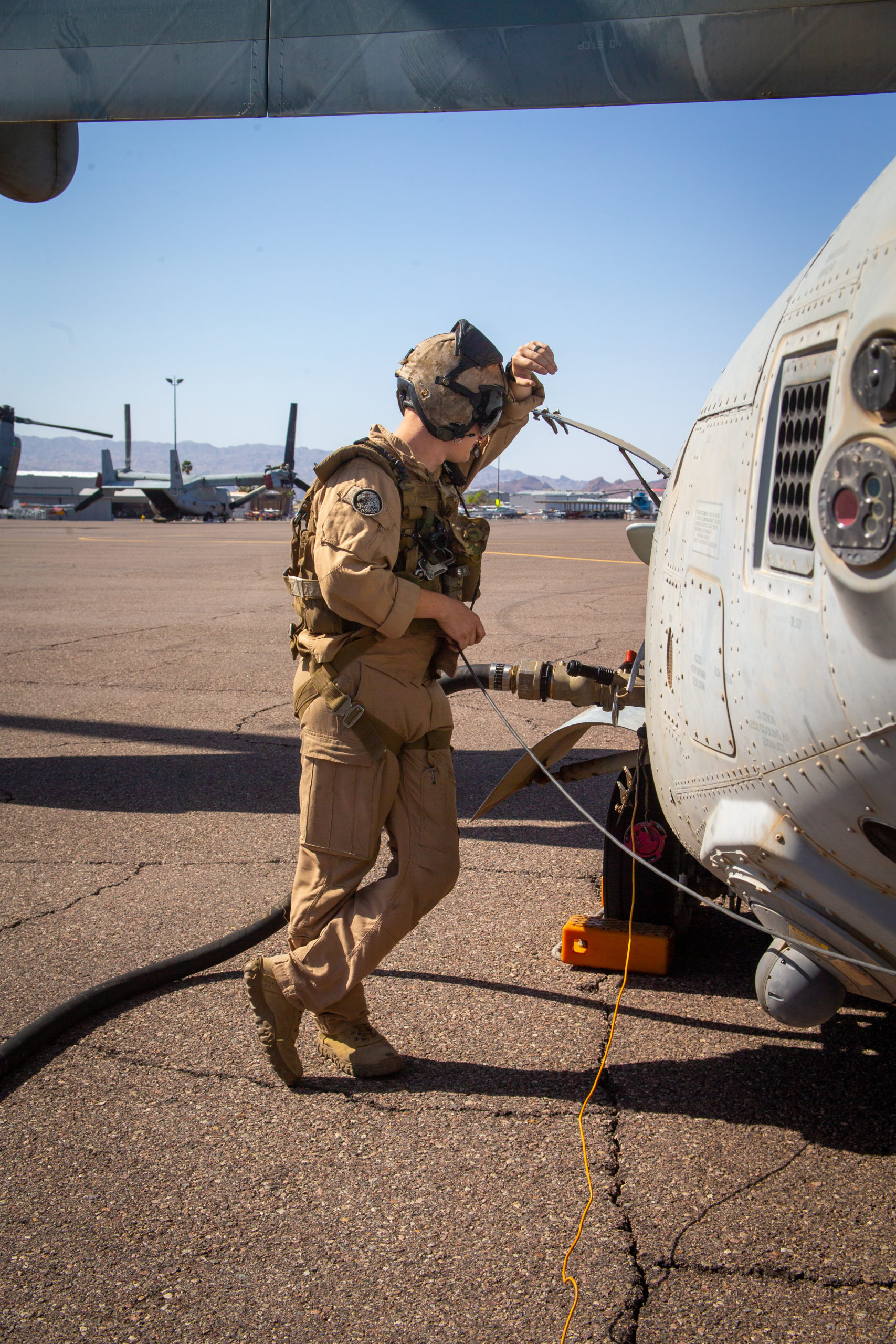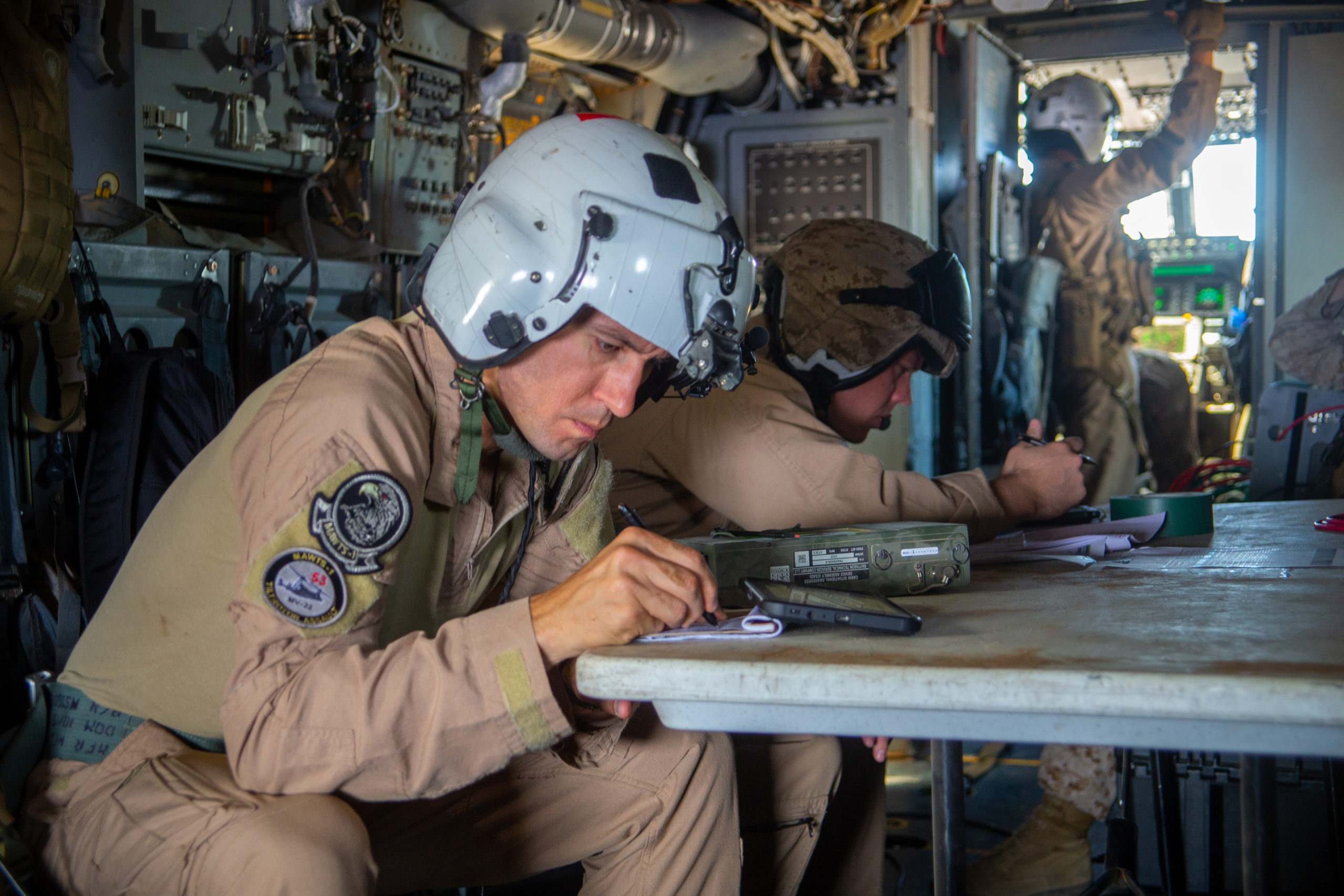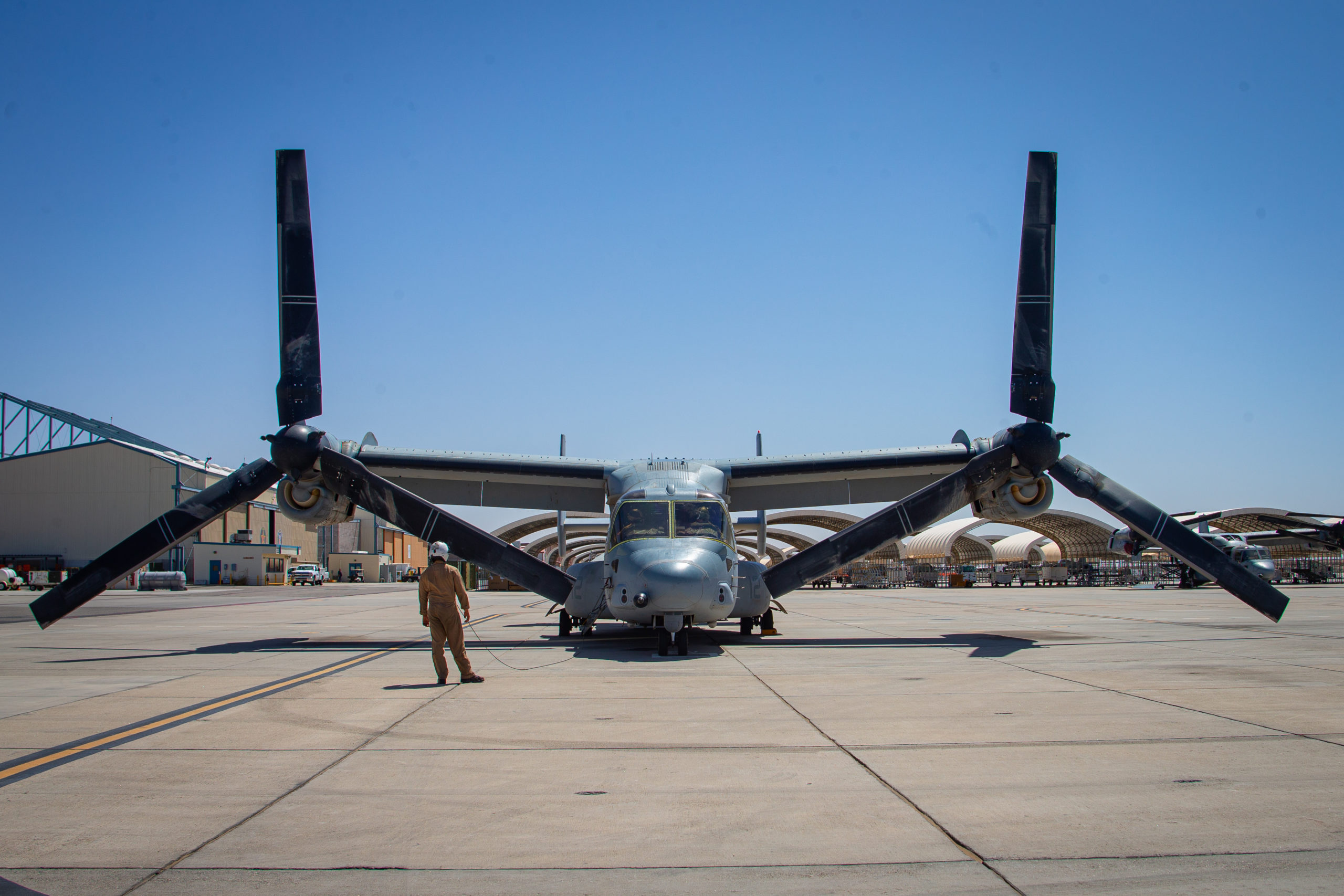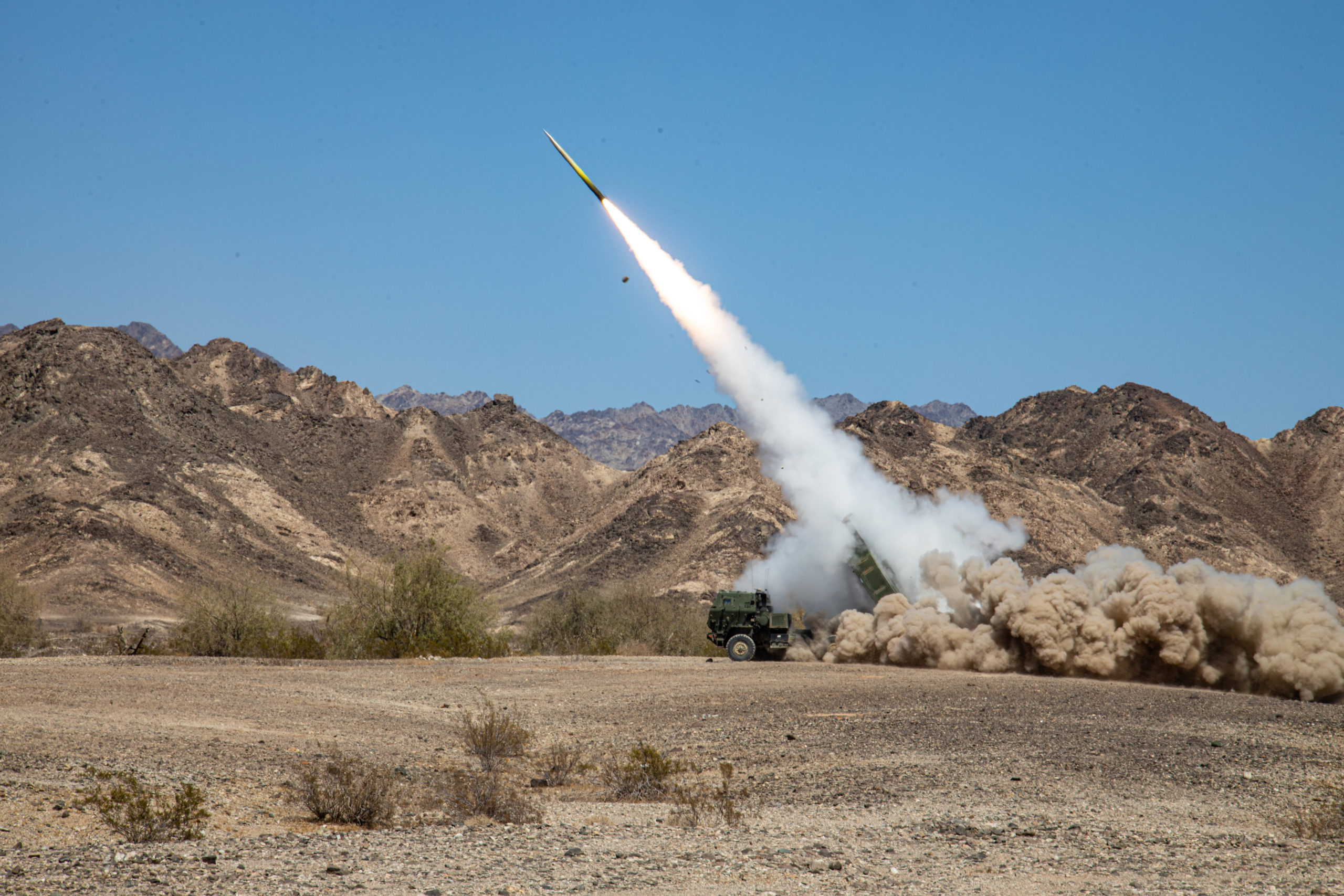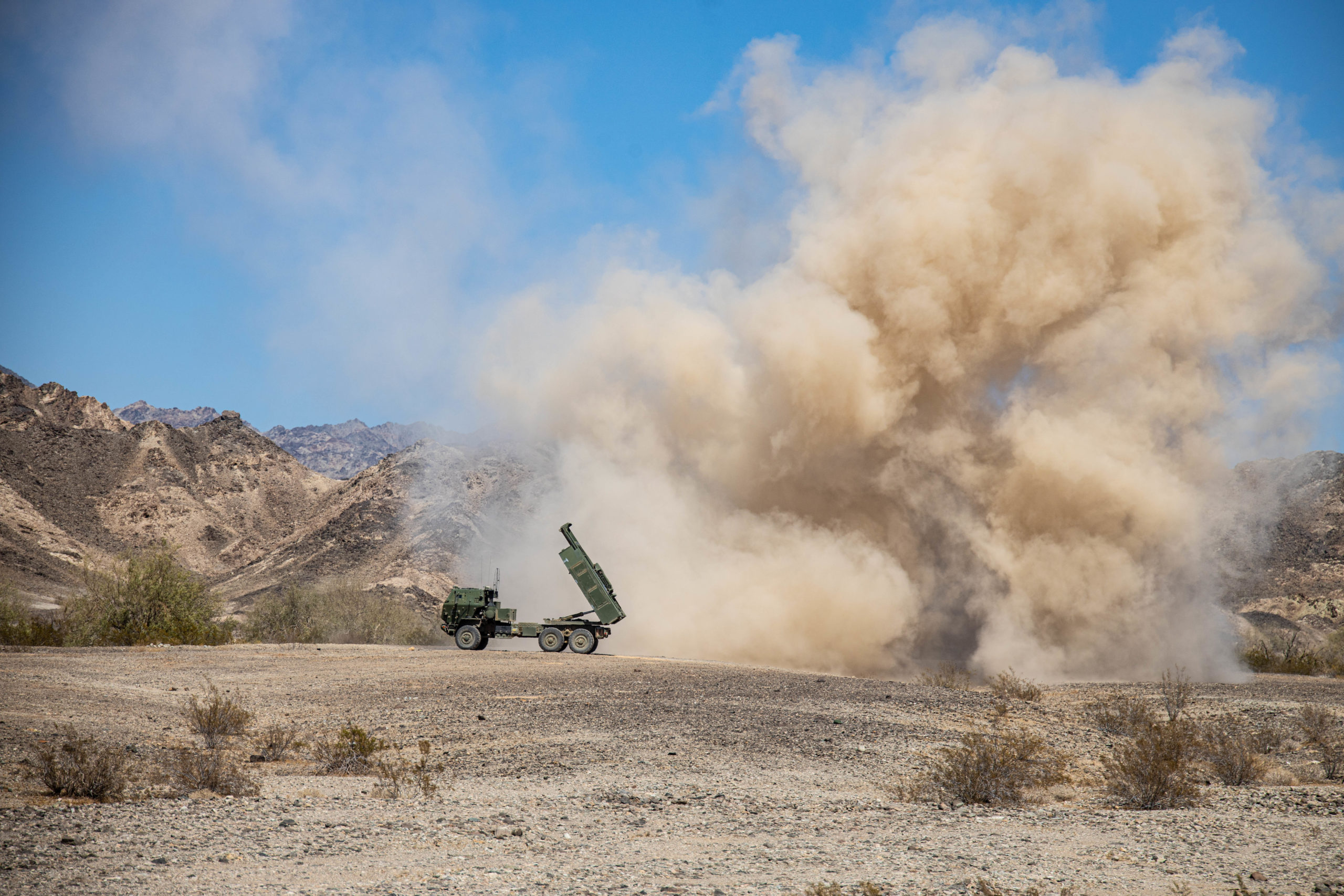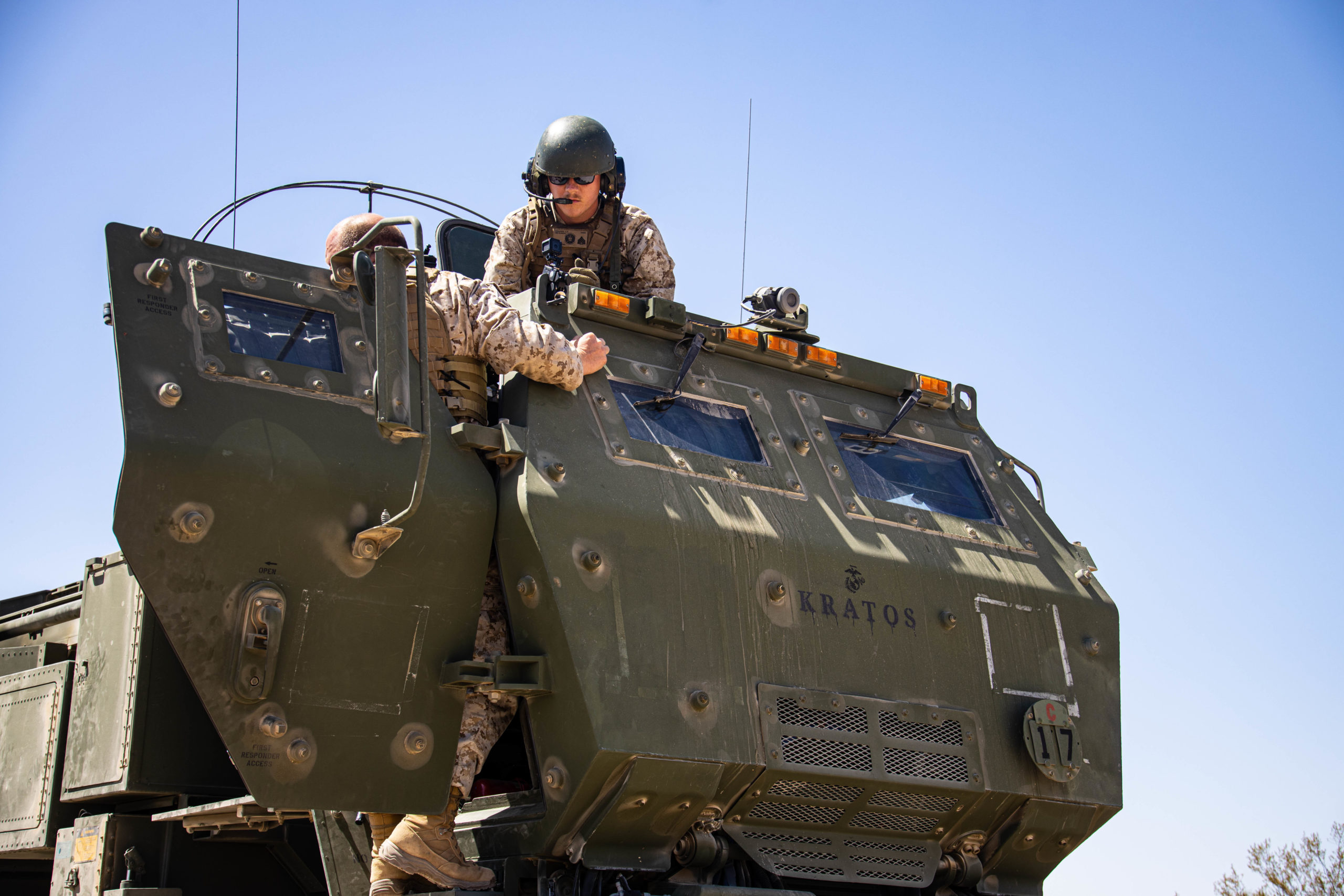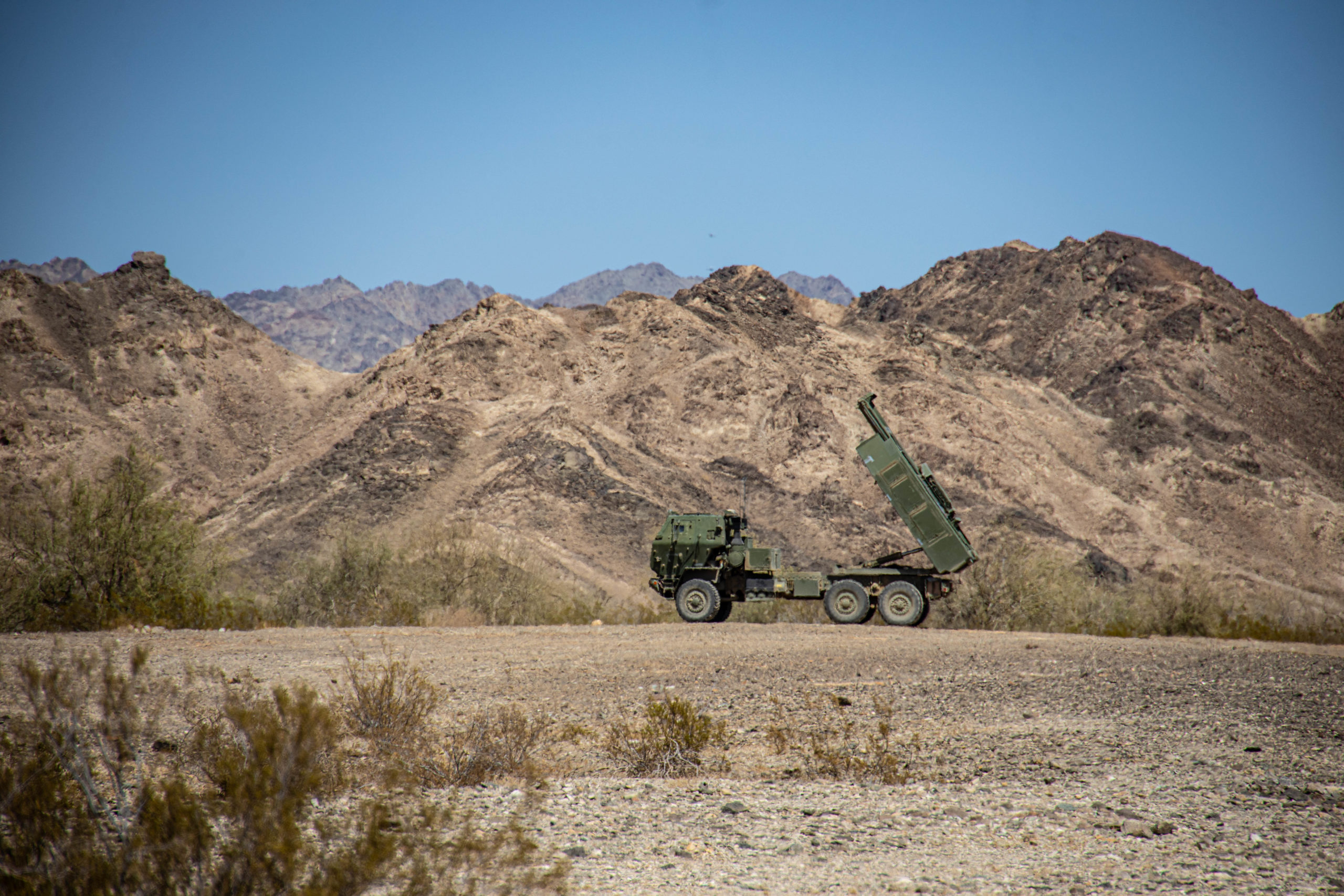By Robbin Laird
I recently finished my latest report for The Williams Foundation on their March 24, 2022, seminar which focused on shaping a way ahead for the integrated networked force. The moderator for the seminar was John Conway, a noted Australian defense analyst and former RAF officer.
In his comments during an interview which I did with him he underscored the growing importance of training to enhance the capability of the ADF in the art of warfare. This is how he put it:
““And we’ve now got an adversary, who is making us spend more and more money on survivability. We’d rather spend money on lethality, but they’re making us spend money on survivability because they’re becoming increasingly sophisticated, because it’s coming harder and harder to survive. And this is driving up the cost of survivability. But one way of mitigating that risk is getting your training systems right. And being able to fight the best fight with what you’ve got and invest in warfare rather than just war fighting.”
My recent visit to MAWTS-1 in Yuma Arizona reinforced Conway’s point. Here the Marines are focused on shaping ways ahead for their networked integrated but distributed force to enhance survivability and lethality. I have been posting a number of videos and slideshows from the most recent WTI or weapons and tactics instructor course which certainly underscore the focus on force distribution for survivability and force integration for lethality.
In my follow up interview with the outgoing CO of MAWTS-1, Colonel Gillette, he underscored their core focus on enhanced lethality. This is how Colonel Gillette put it:
“The Commandant has issued guidance with regard to the direction he would like to move the USMC from an operational point of view. Over the course of the last two years, I would say, that there’s been a iterative processes that have been generated on not only to enhance what do we want to do today with the equipment and with the capabilities that we have, but that also better informs what we want for tomorrow and then, goes back into the feedback loop to CD&I, and the different organizations under that deputy commandant to determine what we need, two, three, four years from now, to better implement new operational concepts.”
“When I say iterative, I am also referring to the relationships that we have with all the different organizations, whether it’s the Marine Corps War Fighting Lab with different technologies, CDD for different operational concepts and equipment and technology that support those concepts, trying them in the environment at WTI, given the assets and the expertise that we have at MAWTS-1, and then, providing feedback as to how either pieces of this puzzle work, or in the grander operational environment, how we need to do things differently.
“I think that feedback loop is hugely important because it’s informed by doing, instead of the theory of the case on PowerPoint or in war games. I think that you have to go out and actually try it, create a contested environment as much as you can in training, and then, try these concepts and then provide that feedback, which inevitably makes the outcome two or three or four years more realistic, as opposed to just the theory of the case.”
For Gillette, any focus on force design needs to be driving the enhanced lethality of the USMC in operations. “I think that the underlying focus that we must never forget is that we’re out there for one reason and one reason only, and that’s for lethality when our country asks us to deploy on their behalf. How you do so and how do you survive and continue to be lethal in any combat environment? How do you best disperse, what types of command and control do you need from ship to land, land to ship, island, and these capabilities facilitate you being more lethal and effective.
“At WTI we have been and continue to be focused on enhanced lethality. We just need to figure out how to do that in this new environment that’s not what we’ve lived for the last 20 years in Iraq and Afghanistan.”
Col. Gillette has been intimately involved in the introduction of the F-35 into the USMC and has worked closely in the joint force through those efforts as well. I asked him to look back at that experience and what conclusions he draws from that experience for the joint force going forward.
He started by discussing the early days of operating the F-35 and the relevance of that experience to bringing the latest aviation platform to the USMC, the CH-53K.
“For the initial guys that started flying the F-35, you would think that we were just flying a better upgraded F18. Why? Because that’s what they had experienced. What wasn’t considered initially, was all of the new operational concepts and differences that, that airplane brought to the force. And it took us, several years of talking with the Air Force, talking with other agencies, and individuals to figure out how to best operate the airplane and to leverage what makes it most lethal.
“And I think that we’ll see the same evolution with the Kilo. The initial reaction will be to say, “it looks just like an Echo. So why don’t we just fly it and employ it like an Echo?” It will take time of people getting their hands on it, seeing the capabilities, and then leverage it as part of USMC transformation. The key is to ensure that we don’t let the inertia of what one knows so well in the past and impede the ability to use the new platform differently.”
We then discussed how the Marines operating the F-35 opened new joint and coalition integration capabilities.
Col. Gillette: “When we flew common platforms in the past, we wrote our own tactics manuals. We set up our data links differently. We called the same thing different names.
“But as we introduced the F35, very quickly we realized how important it would be for us to come together and understand common tactics for this airplane, based on its strengths, and how we would employ the airplane.
“You can see this kind of integration when we go to different exercises, whether it’s up on the Nellis range, whether we go up to Alaska, whether we participate in other exercises, but the reality is that whether the plane has Air Force, Navy, or Marine Corps markings on the side, it really doesn’t matter. We all speak the same language, the data that’s going across the airplanes is exactly the same and so I think from a Joint Force perspective, has wildly increased our lethality. Because when you take that interoperability into an operational context or environment, airplanes can come from wherever and they show up to do a mission together. It’s just like you’re flying with your squadron mate. There’s no difference.
“And now, if you take that same concept and scale it across a coalition with our allies and partners that have that same technical and aircraft capability, you can see how quickly that becomes very significant and I think that, that idea of not only how do we fight the airplane in an integrated way and in a common way, but now, you take that to supply parts or parts in the supply system.
“You can take that capability to enhance integration on ships. It applies as well to integration with regard to base operations where we have common requirements to ervice an airplane.
“Very quickly you can see that the F-35 global enterprise is a quite the force multiplier. And I think that, to use your words, we’re just scratching the surface on that. And I think that over the next five to 10 years, we will see that aspect of it become extremely important when we start talking, again, about these operational vignettes or these operational areas of where it’s going to take a combined and joint effort to achieve our national objectives, as opposed to a service inside the United States or a country outside the United States.
“It’s one thing to just profess the theory of the case, but when you have these different venues of joint or integrated exercises, combined exercises, you can actually experience a new level of integration. What we did on the Queen Elizabeth is another great example that you have to go out and do it in order to have a reasonable assurance that if you need to do it, operationally, it will work.
“That needs to be the fundamental question that each service asks, what is your contribution to the Joint Force? And if it’s a contribution of the Joint Force, how does that piece fit into the larger picture? And then, how do you integrate with it?
“Services tend to look inward as to how to do that inside of their own service. Countries look inward on how they operate inside of your own country, but if we’re truly going to realize the benefit of what we’re talking about, it’s A, it’s very hard and B, you have to practice it. If you don’t, on game day it’s not going to work.
“Any weapon system that you bring online, whether it’s the Kilo, whether it’s the continued acquisition of F35, command and control systems, whatever the fact may be, you have to look at it in that light. How does it fit into the larger piece of the puzzle and then, how do you contribute and not only pull information, but push it out so that you are benefiting the entire team as opposed to your own little niche piece of it.”
And to conclude, what I have seen over the past few years at MAWTS-1 is a clear focus on what Col. Gillette emphasized in his interview. And this is really the function and key role of advanced training as opposed to war games, and death by briefing charts.
Featured Photo: An F-35B Lightning II Joint Strike Fighter flown by the commanding officer of Marine Fighter Attack Squadron (VMFA) 211 “The Wake Island Avengers” after becoming the first USMC F-35 to land onboard HMS Queen Elizabeth on 22 September, 2020, off the coast of the United Kingdom (UK). VMFA-211 joined the UK’s 617 Squadron onboard the 65,000 ton carrier as she sailed for exercises with NATO allies in the North Sea, forming the largest 5th generation Carrier Air Wing in the world. “The Wake Island Avengers” are proud to represent the United States Marine Corps and United States of America while they serve as part of the UK’s Carrier Strike Group.


